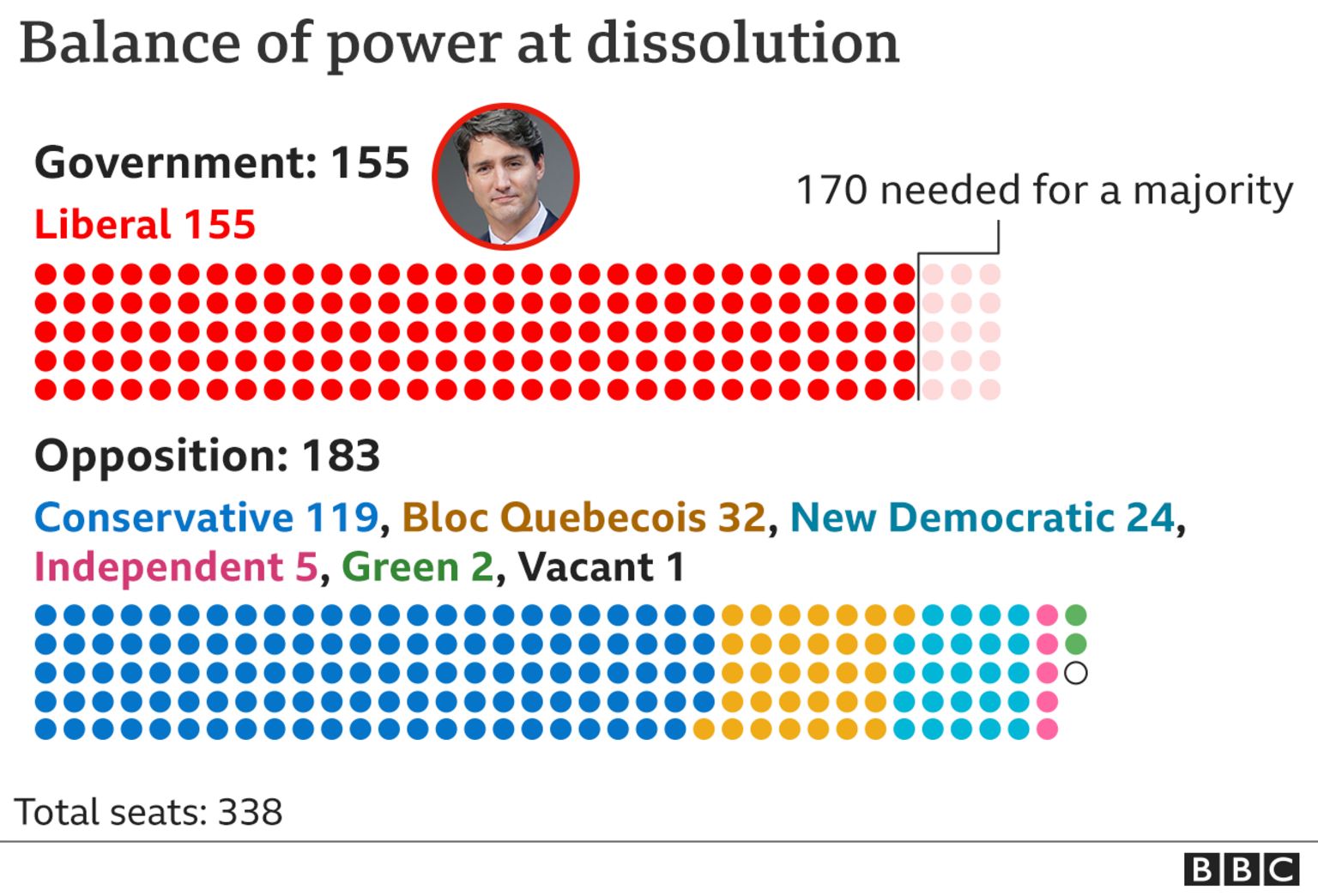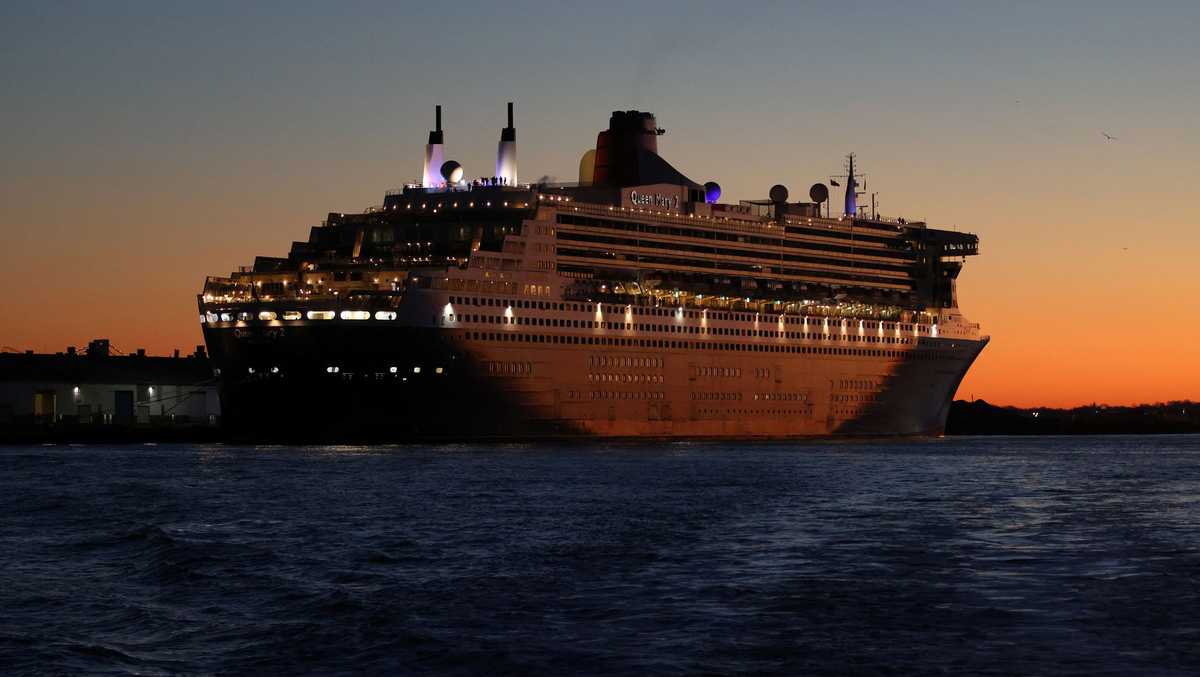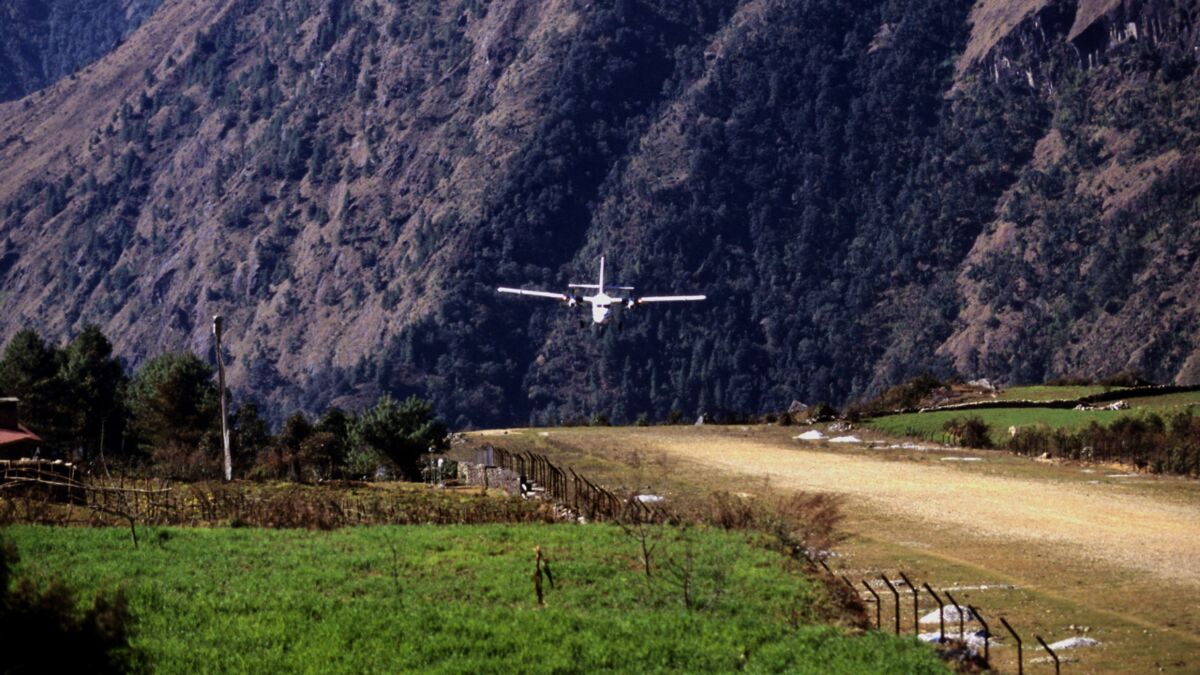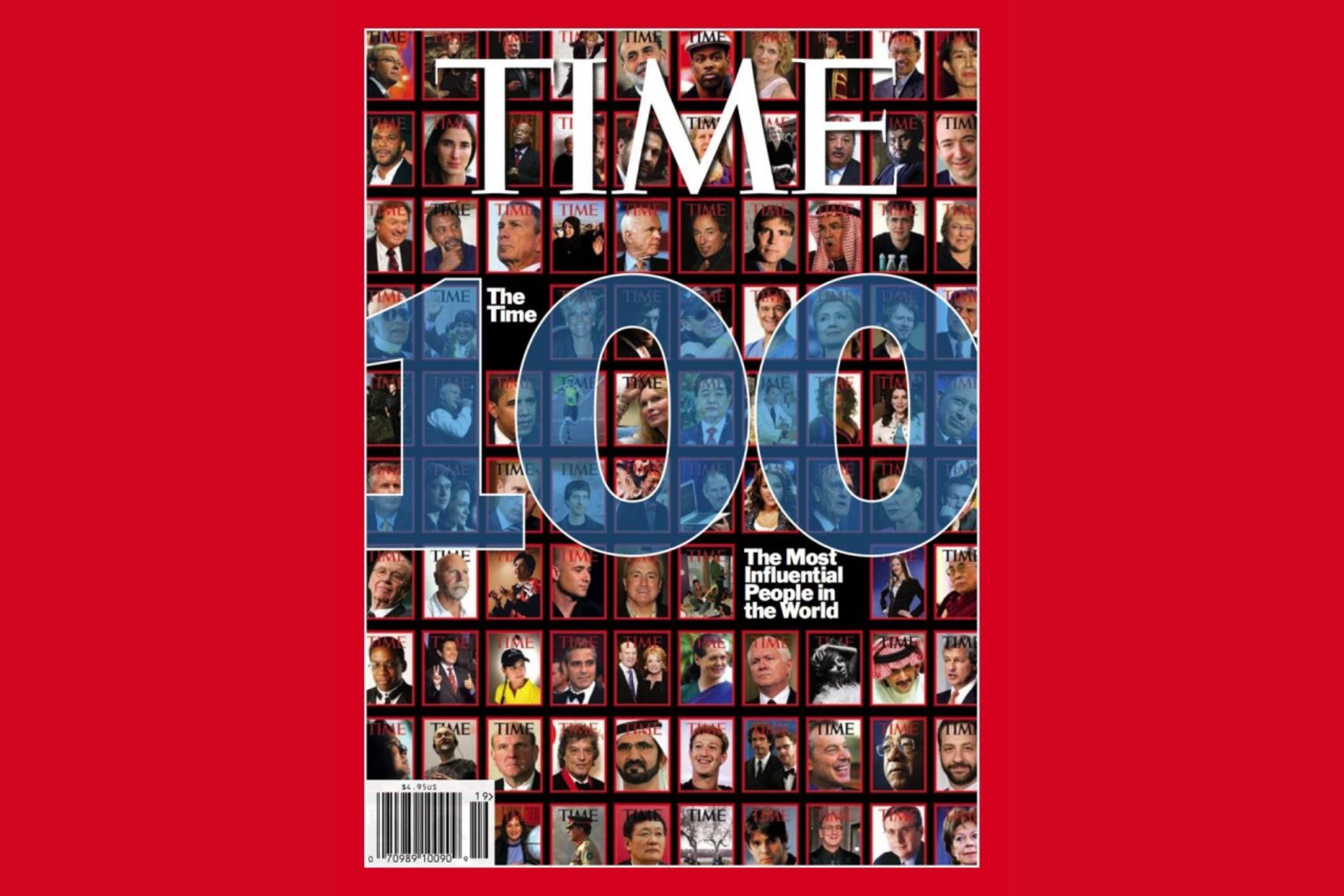The Impact Of The Russian Threat On Global Military Expenditure

Table of Contents
The ongoing conflict in Ukraine, fueled by Russia's actions, has sent shockwaves through the global geopolitical landscape, triggering a significant and potentially lasting increase in global military expenditure. This article explores the multifaceted impact of the perceived Russian threat on defense budgets worldwide, examining regional variations, economic consequences, and future projections. The implications for global security and international relations are profound and far-reaching.
Increased Defense Spending in NATO Countries
Significant Budgetary Increases
Since the start of the conflict in Ukraine, many NATO members have significantly increased their defense budgets. The percentage increases reflect a renewed commitment to collective security and a response to the perceived threat posed by Russia's military actions.
- United States: The US has seen a steady increase in defense spending, focusing on modernizing its nuclear arsenal and investing in advanced technologies.
- United Kingdom: The UK has pledged to increase its defense spending to 2.5% of GDP, a significant commitment to bolstering its military capabilities.
- Germany: Germany's Sondervermögen (special fund) of €100 billion demonstrates a dramatic shift in its defense policy, marking a significant departure from its previous approach to military spending.
- Poland: Poland, geographically closer to the conflict, has experienced one of the most substantial percentage increases in military spending among NATO members, prioritizing its national defense.
These increases are reflected in specific investments:
- Increased procurement of advanced fighter jets (e.g., F-35s)
- Investments in air and missile defense systems (e.g., Patriot missiles)
- Significant increases in military personnel and training budgets
- Expansion of cyber warfare capabilities
Data from reputable sources like the Stockholm International Peace Research Institute (SIPRI) and the International Institute for Strategic Studies (IISS) confirm these trends, highlighting a significant upward shift in military spending within the NATO alliance.
Modernization and Technological Upgrades
The Russian threat has accelerated modernization efforts within NATO armies. The focus is on enhancing capabilities to counter perceived Russian advantages.
- Advanced air defense systems: Investments in integrated air and missile defense systems are a top priority, aiming to counter potential threats from Russian ballistic and cruise missiles.
- Cyber warfare capabilities: The importance of cyber defense and offensive capabilities is increasing dramatically, reflecting the growing importance of information warfare.
- Artificial Intelligence (AI) and autonomous weapons systems: Research and development in AI and autonomous systems are receiving significant funding, aiming to gain a technological edge.
- Increased military exercises: Joint military exercises between NATO members have intensified, improving interoperability and strengthening collective defense postures.
These modernization efforts are not only about acquiring new weapons systems but also about improving interoperability and enhancing the collective defense capabilities of NATO.
Impact on Non-NATO European Countries
Increased Spending in Eastern Europe
Countries bordering Russia, particularly in Eastern Europe, have experienced dramatic increases in military spending. This is a direct response to heightened security concerns and the perceived threat from Russia.
- Finland and Sweden: Both countries, recently joining NATO, have significantly increased their defense budgets, reflecting their new security realities and commitments to collective defense.
- Baltic States (Estonia, Latvia, Lithuania): These nations have consistently maintained high levels of military spending as a percentage of GDP, recognizing their geographic proximity to Russia.
The reasons behind this surge are clear:
- Direct threat perception: The invasion of Ukraine has heightened the perception of direct military threat from Russia, leading to increased prioritization of defense spending.
- Bolstering national defense: Countries are investing in strengthening their armed forces to deter potential aggression and enhance their national security.
These increases are substantial, representing a significant portion of these countries' GDP and demonstrating a strong commitment to national defense in the face of perceived Russian aggression.
Neutral Countries' Response
Traditionally neutral countries are also reevaluating their defense policies. The conflict in Ukraine has sparked a debate about the viability of neutrality in the face of an aggressive power.
- Switzerland: Switzerland, known for its neutrality, is considering increasing its defense spending and modernizing its military, signaling a potential shift in its long-standing policy.
- Austria: Similar discussions are taking place in Austria, as the country grapples with the implications of Russia's actions and its implications for regional security.
The debate surrounding neutrality focuses on:
- Public opinion: Public opinion is shifting, with growing support for increased defense spending to ensure national security.
- Political discourse: Political parties are reevaluating their positions on neutrality, recognizing the evolving security landscape.
Global Implications and Economic Consequences
Arms Race Dynamics
The increased military spending triggered by the Russian threat carries the risk of fueling a global arms race. This would have significant implications for international stability.
- Role of arms manufacturers: Arms manufacturers are likely to benefit from this increase in global military spending, potentially leading to further escalation.
- Geopolitical power shifts: The distribution of military power could shift, potentially exacerbating existing tensions and creating new ones.
- Ripple effect on global security: The increased military spending can divert resources from other crucial areas, impacting global development and humanitarian aid.
The potential for an arms race is a serious concern, requiring careful diplomatic efforts to prevent further escalation.
Economic Burden of Increased Military Spending
The substantial increase in global military expenditure carries significant economic consequences. Opportunity costs associated with this spending must be considered.
- Impacts on social programs: Increased military spending might lead to cuts in social programs, such as healthcare, education, and infrastructure development.
- Increased national debt: Many countries are funding their increased military spending through borrowing, which can lead to increased national debt and economic instability.
- Reduced economic growth: The diversion of resources from other productive sectors of the economy can negatively impact overall economic growth.
The economic burden of this increased military spending needs careful consideration, requiring a balance between national security and economic sustainability.
Future Projections and Uncertainties
Long-Term Impact on Global Security
Predicting the long-term impact of the Russian threat on global military expenditure is challenging, but several scenarios are possible.
- De-escalation: A resolution to the conflict in Ukraine could lead to a gradual reduction in global military spending, although this remains uncertain.
- Sustained conflict: A prolonged conflict could lead to continued or even increased military spending, resulting in a significant long-term impact.
- Escalation: Further escalation of the conflict, possibly involving other actors, could trigger a dramatic increase in global military spending, potentially leading to an arms race.
The impact on diplomatic efforts and arms control agreements is also uncertain, with potential consequences for global stability.
Uncertainties and Contingencies
Predicting future military spending is inherently uncertain due to numerous factors:
- Political changes: Changes in government and political alliances could significantly impact defense policies and spending levels.
- Technological breakthroughs: Rapid advancements in military technology can lead to unpredictable shifts in military spending priorities.
- Economic fluctuations: Economic downturns can constrain military spending, while economic booms can enable increased investment.
Continuous monitoring and analysis are crucial to track the evolving dynamics and adapt to changing circumstances.
Conclusion
The Russian threat has undeniably propelled a significant surge in global military expenditure, with marked increases in NATO countries and neighboring states. This has economic and geopolitical ramifications, impacting global security and potentially triggering an arms race. Future projections remain uncertain, highlighting the need for careful monitoring and strategic adaptation. Understanding the long-term implications of this increased global military expenditure is crucial for policymakers, analysts, and concerned citizens alike. Stay informed on this evolving situation and continue to research the implications of global military expenditure to better comprehend the future of international security.

Featured Posts
-
 The Carney Effect How The Liberals Won Canadas Federal Election
Apr 30, 2025
The Carney Effect How The Liberals Won Canadas Federal Election
Apr 30, 2025 -
 Cdc Investigating Norovirus Outbreak On Queen Mary 2 Passenger Illness Reports
Apr 30, 2025
Cdc Investigating Norovirus Outbreak On Queen Mary 2 Passenger Illness Reports
Apr 30, 2025 -
 Bet Mgm 150 Bonus Use Code Rotobg 150 For Nba Playoffs
Apr 30, 2025
Bet Mgm 150 Bonus Use Code Rotobg 150 For Nba Playoffs
Apr 30, 2025 -
 Trumps Pre Election Remarks Canadas Fate Tied To The United States
Apr 30, 2025
Trumps Pre Election Remarks Canadas Fate Tied To The United States
Apr 30, 2025 -
 Plus De Glissieres Moins D Accidents Evaluation De L Impact Sur La Securite Routiere
Apr 30, 2025
Plus De Glissieres Moins D Accidents Evaluation De L Impact Sur La Securite Routiere
Apr 30, 2025
Latest Posts
-
 Noa Argamani Time Magazines 100 Most Influential People
Apr 30, 2025
Noa Argamani Time Magazines 100 Most Influential People
Apr 30, 2025 -
 Noa Argamani Among Times 100 Most Influential People Of 2025
Apr 30, 2025
Noa Argamani Among Times 100 Most Influential People Of 2025
Apr 30, 2025 -
 2025 Louisville Battered By Snow Tornadoes And Unprecedented Flooding
Apr 30, 2025
2025 Louisville Battered By Snow Tornadoes And Unprecedented Flooding
Apr 30, 2025 -
 Il Venerdi Santo Un Commento Di Feltri
Apr 30, 2025
Il Venerdi Santo Un Commento Di Feltri
Apr 30, 2025 -
 Severe Flooding Cancels Thunder Over Louisville Fireworks Show
Apr 30, 2025
Severe Flooding Cancels Thunder Over Louisville Fireworks Show
Apr 30, 2025
